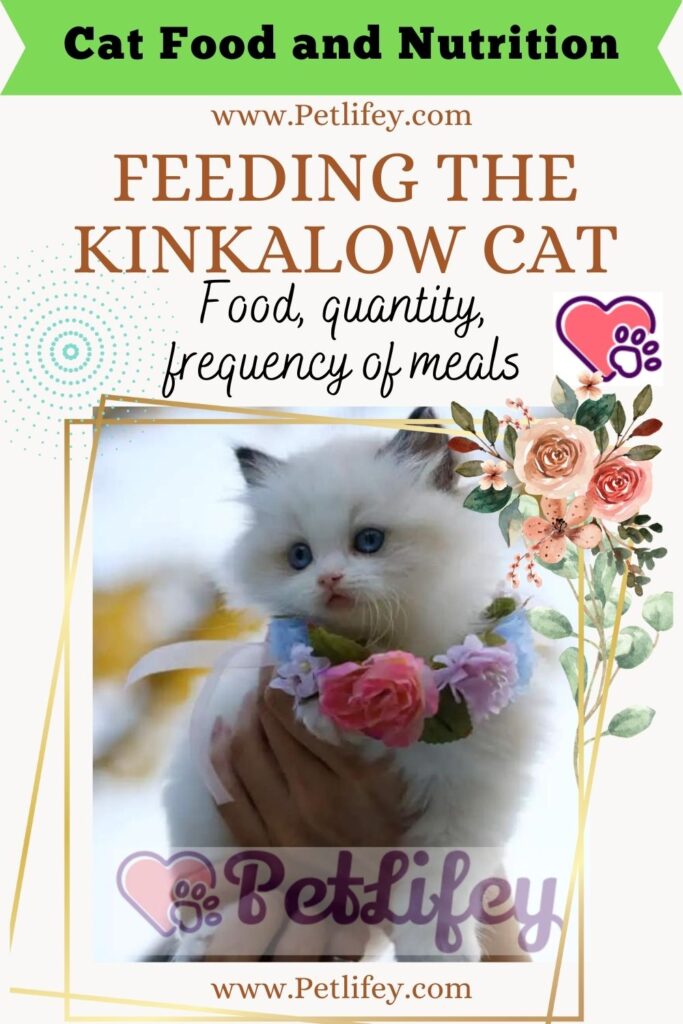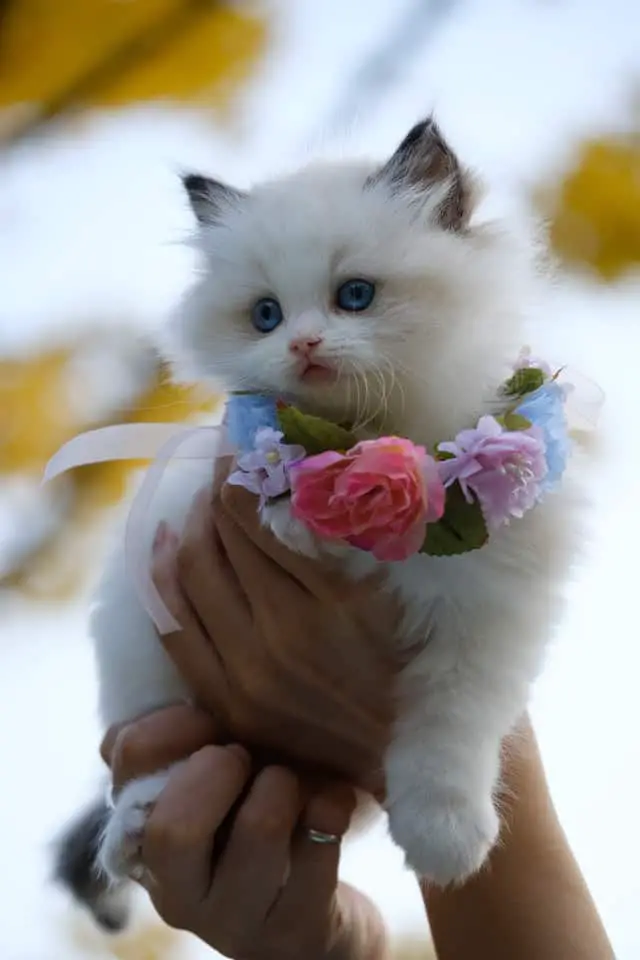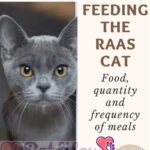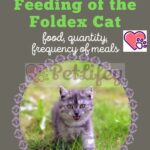
Here’s what to know about the ideal diet for the Kinkalow cat: from ideal quantities to essential nutrients in its diet.
Carefully planning the diet of your four legs, so that it is balanced and healthy, is essential to ensure that your cat’s life is long and peaceful. Let’s find out how to make sure that the nutrition of our Kinkalow cat is truly perfect.
Nutrition of the Kinkalow: doses and frequency of meals
How much food should my cat eat daily?
This is a question that must necessarily be asked if we want to identify the perfect diet for the Kinkalow cat, but the answer is not always easy and immediate.
The best advice, in fact, is to contact the veterinarian, who on the basis of a series of strictly individual parameters, such as age, lifestyle and health, will be able to formulate a specific nutritional plan for the furry dog in question.
In principle, the dose of wet should be calculated by multiplying each kg of the cat’s body weight by 40 grams.
Once you get the figure, just divide it by 3 to get the amount of dry food as well.
How often should Kinkalow be eaten? It would be preferable to feed the cat twice a day, morning and evening.
Alternatively, we can divide his daily ration into small portions, to be given to him throughout the day, with the help of an automatic dispenser when we are not at home.
What to feed the cat

What foods can not miss in the perfect diet of the Kinkalow cat?
We must not forget that domestic cats are obligate carnivores.
In fact, from proteins of animal origin, cats derive essential nutrients – such as cobalamin and niacin – which are essential for their well-being, but which their body is unable to produce.
Green light, therefore, for chicken, beef and rabbit, but also for fish such as tuna, salmon and cod.
Home or industrial nutrition for the Kinkalow cat?
Finally, we just have to answer one last question: is it better to choose a home diet or an industrial diet for your Kinkalow cat?
In reality, these are two equally valid dietary regimes, provided that some necessary stakes are respected.
In the first case, we will take care of the preparation of the cat’s meals, from the selection of the ingredients to their cooking.
It goes without saying, therefore, that this is a mode that requires greater expenditure of time and energy, but allows you to accurately control the raw materials administered to the animal.
In this case, it is essential to formulate the food plan for the furry dog with the help of the veterinarian: the risk of nutritional deficiencies, in fact, is very high.
If, on the other hand, we favor a diet based on industrial feed, already complete and balanced, it will be enough to buy them directly from the shelves of specialized stores.
In any case, it is essential to make sure of the goodness and quality of the ingredients, by looking at the nutritional table on the back of the package.






